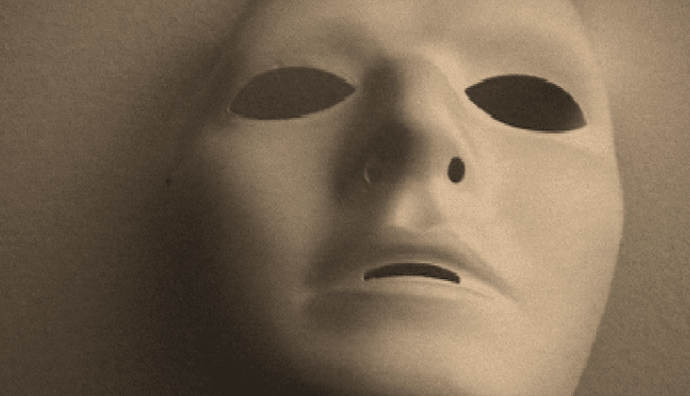Optical illusions can fool a lot of people.
But research indicates this one particular illusion doesn’t fool those who suffer from schizophrenia.
The illusion shows a hollow mask that most viewers perceive as a convex face, rather than a concave one.
All the models in our head have a face coming out, so whenever we see a face, of course if has to come out.
, Hannover Medical University






